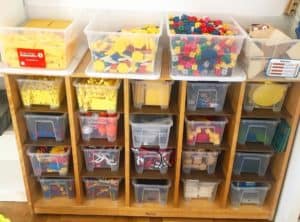We know that teachers learn best when they learn together.
For this reason, over the last dozen years, we’ve primarily offered onsite, in-person training.
Due to COVID-19 restrictions, delivering instruction live in schools is currently difficult and it is unclear when we will be able to resume “normal” training.
Given this uncertainty, we have developed creative ways to provide educators with the high-quality training that you have come to expect from Math Champions. We are fully prepared to support you and your teachers with the best training possible in these unusual circumstances.
Here is an overview of training options currently available to schools:
Live Onsite Training Visits
We are fully prepared to visit your school for in-person sessions if it is feasible to learn in a safe environment and follow recommended state and CDC guidelines. Our teacher voices project beyond 6 feet, our manipulatives are sanitized after each use, and our hands are washed.
Live, Remote Training via Video Conference
While we know we cannot replicate the energy and discourse of an onsite training, we can cover most of the content required to get teachers up and running through online sessions.
Delivering instruction in this format is different than in person, and we know that teachers may be “Zoom”ed out. For that reasons, we have planned these with more frequent, shorter breaks to keep teachers fresh and attentive.
Recorded Training Modules
We have created a series of recorded modules that serve as an Introduction to Singapore Math. The series consists of five videos, each approximately one hour in length. If teachers complete the included activities, the program equates to approximately nine hours of professional development.
These videos cover the basics of Singapore Math, including:
- What is Singapore Math? What are the foundations and pedagogy of the curriculum?
- Addition and subtraction basics and mental math
- Multiplication facts and mental math strategies for multiplication and division
- Using place value discs to teach the four operations
- An introduction to bar modeling for solving words problems
Recorded Modules cover the bulk of the mathematical content we typically address during onsite Introductory training. To ensure that questions are answered, and teachers are fully prepared to teach, we suggest that live, remote training sessions be included to supplement recorded modules. We can help devise a structure for your school in a variety of ways to maximize learning.
Support for Success
We are committed to giving schools resources and support to ensure success throughout the school year, including:
- Resource Handbook: The amount of material and content covered in a training can seem overwhelming. Because of this, we provide each teacher with a handbook that serves as a future reference guide
- Support: We offer email and telephone access as needed for questions from teachers and administration to allow your schools to seek help or advice quickly.
- Parent Night Presentations: We love to host Parent education events, which can be informational sessions or a variety of hands-on, bootcamp style learning experiences. We have already done introductory parent nights via Zoom!
- Parent-teachers: If fall finds your school needing parents to teach a good amount at home, we can extend our offer of email support or even online office hours for your parents.
Please reach out if you have questions or want to share information about your school’s situation.
Be well and stay safe.
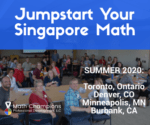
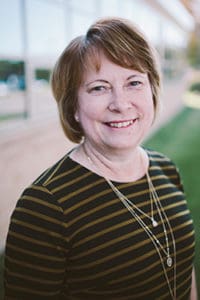
 This option works great if you have enough discs for each student to have 20 of each place value; 20 ones, 20 tens, 20 hundreds, etc. Students are expected to keep these baggies or boxes of discs in their desks.
This option works great if you have enough discs for each student to have 20 of each place value; 20 ones, 20 tens, 20 hundreds, etc. Students are expected to keep these baggies or boxes of discs in their desks.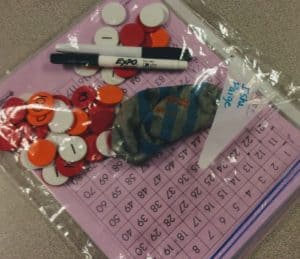
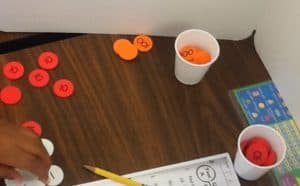 In this case, discs are organized by place value into tubs. So, you would have a tub of ones, a tub of tens, and so on. In each tub, you can keep a set of small cups (Dixie cups work well) for students to take a scoop of the discs when needed. Clean up is a snap. Students simply dump the cups of discs back into the correct place value tub.
In this case, discs are organized by place value into tubs. So, you would have a tub of ones, a tub of tens, and so on. In each tub, you can keep a set of small cups (Dixie cups work well) for students to take a scoop of the discs when needed. Clean up is a snap. Students simply dump the cups of discs back into the correct place value tub.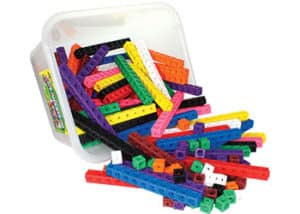 Community Tubs
Community Tubs